KAIROS 15 – OBJECT 15
object to bring: … create or post a grafic behind you …preferable large & colourful
Theme to discuss: IMPACT
… how can relevance be generated
… by designers?
… what is relevant today in terms of civilization?
… what would be the equivalent of the ‚Whole Earth Catalog‘ in 2021 …?
… can there be a meaningful ‚counterculture‘ …?

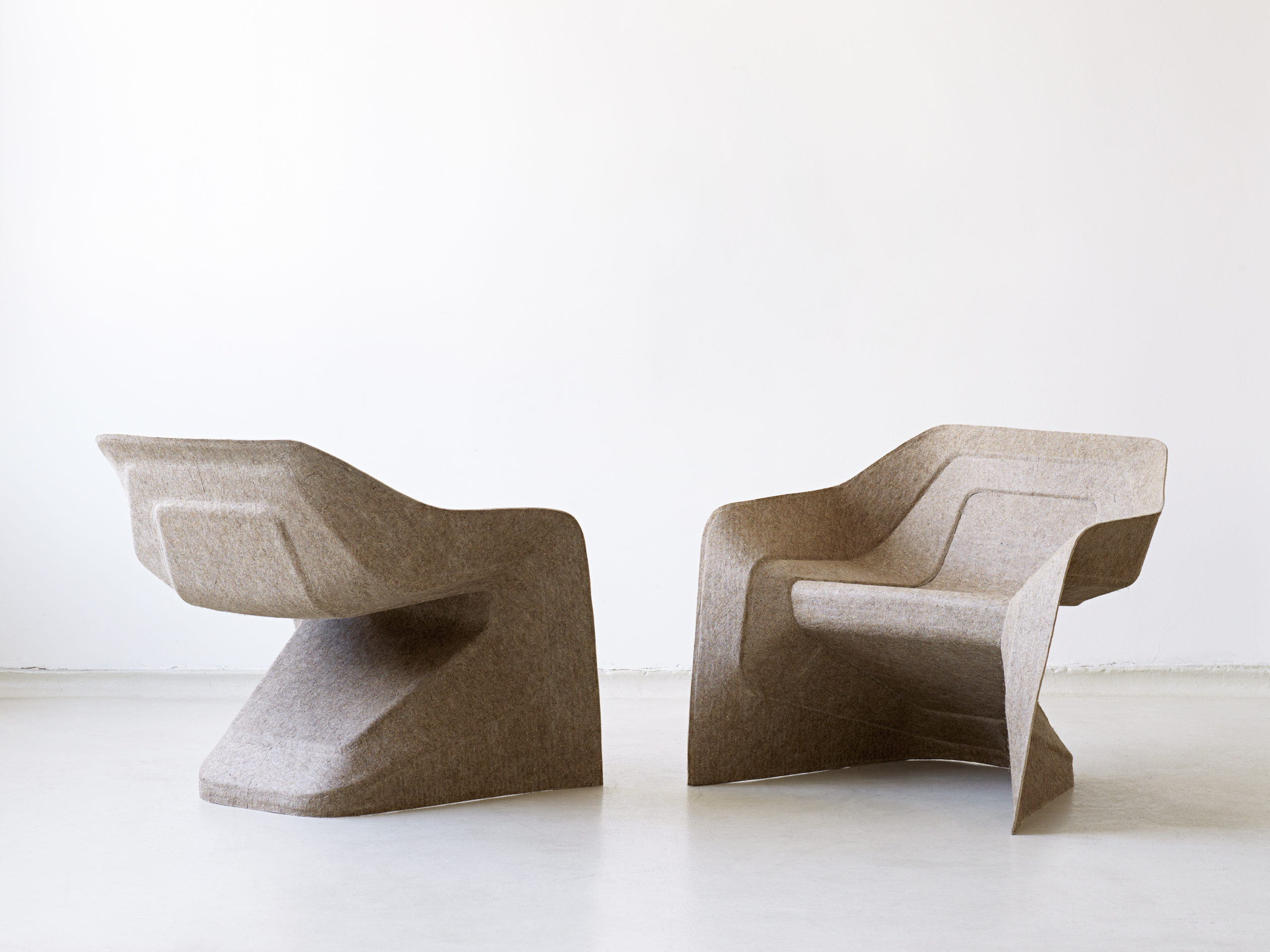
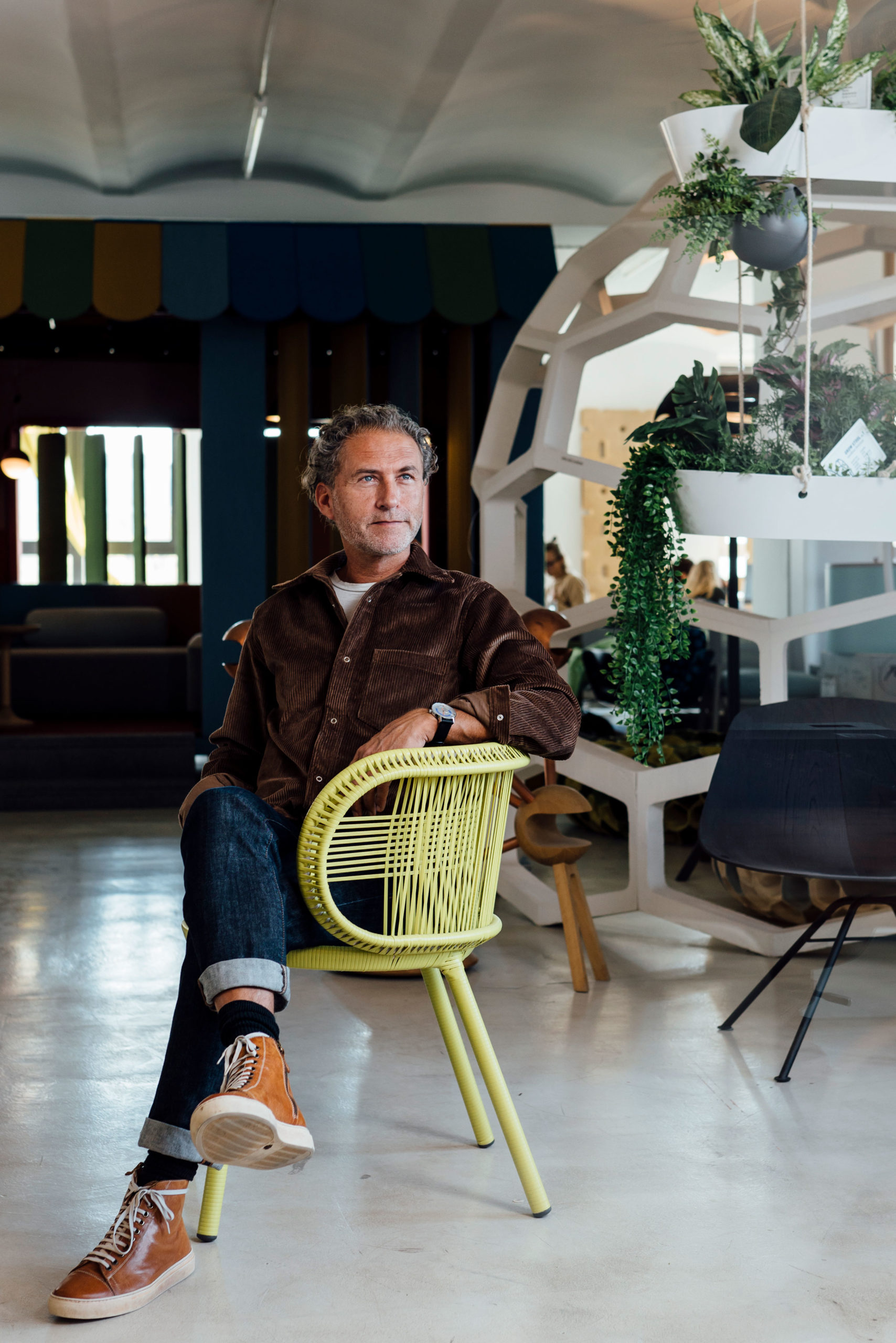
ON Werner Aisslinger
Werner Aisslinger graduated from UdK product design and has set up a very successful office for product and interior design in Berlin.
His works cover the spectrum of experimental, artistic approaches, including product design and architecture.
He delights in making use of the latest technologies and has helped introduce new materials and techniques to the world of design. His visionary products and spaces explore civilisation related and futuristic topics. Werner Aisslinger’s ‚loftcube’–project became one of the most discussed modular and transportable housing projects within the last years, his ‚hemp chair‘ from 2012 developed with BASF and Moroso was the worldwide first biocomposite Monobloc chair. His work is exhibited in the permanent collections of international museums such as the Museum of Modern Art (MoMA) and the Metropolitan Museum in New York, the French Fonds National d’Art Contemporain in Paris, the Victora & Albert Museum London or the Museum Neue Sammlung, The Design Museum in Munich, and the Vitra Design Museum in Weil, Germany.
In 2013 Werner Aisslinger opened his first solo-show called ‚Home of the Future‘ in Berlin’s Museum ‚Haus am Waldsee‘. In 2014 he was awarded the prestigious AW Designer of the Year Award in Cologne. In 2017 he opened his exhibition ‚House of wonders‘ in the Museum Pinakothek der Moderne in Munich. Among studio aisslingers interior architecture projects his hotels for the 25hours Hotel group and shopping malls for the Central Group in Bangkok are known for an innovative storytelling concept. He works for brands like Vitra, Moroso, Cappellini, Dedon, Accor, Magis, Hansgrohe Axor, Kaldewei, Foscarini & Waestberg. Werner Aisslinger lives and works in Berlin with a second studio in Singapore.
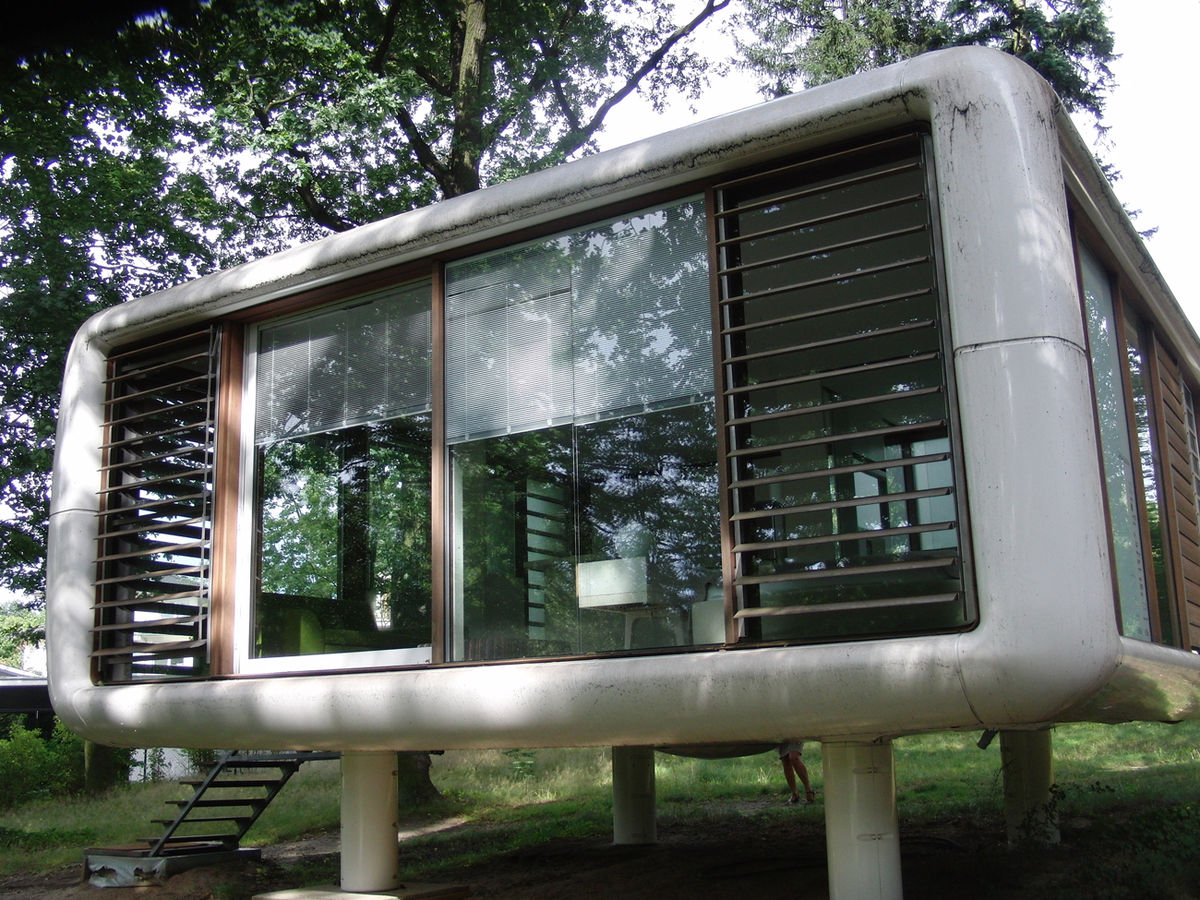
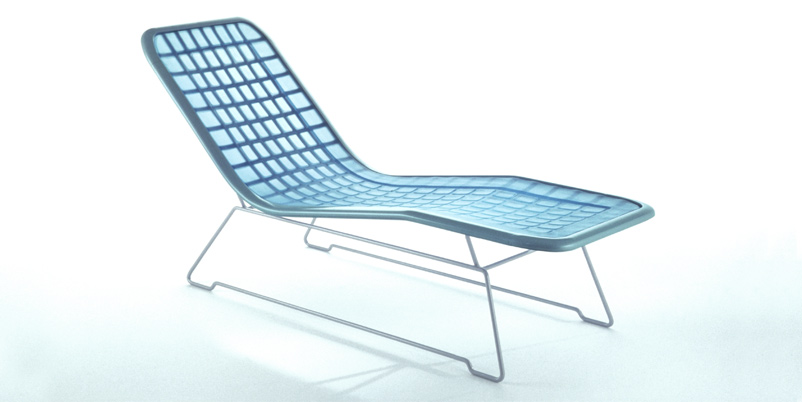
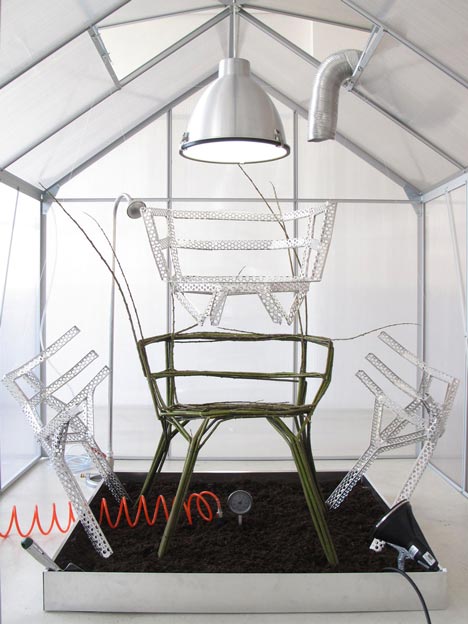
KAIROS 15 – A Talk with Werner Aisslinger – 33 Participants
Zusammenfassung
Werner Aisslinger // Kairos 15
The talk with Werner Aisslinger represented the concept of our casual talk series KAIROS pretty good: Since Axel Kufus and Werner Aisslinger have known each other for over 30 years and Axel, Werner and Ineke come more or less from the same generation of design, the conversation between them was quite personal.
Together they were able to present a different generation of design to us students, compared it to our current world of design and discussed themes like the designer’s role and relevance today, the systems and structures in which we operate and how they have changed over time.
The given introduction about Werner Aisslinger ended and thus our talk started with his quote: ‘Das Leben ist eine Collage.’ (engl.: Life is a collage.)
Werner talks about his impression that we live in a world where patchwork is commonplace- be it patchwork families or even representational worlds, where different spaces and objects come together. We don’t talk about styles so much anymore in our time, neither in art, nor in design or architecture. Styles intermingle, like a patchwork, and new symbioses are created. The designer is now more of a curator or a DJ who has mastered the art of developing a collage from these styles and making sure that everything comes together well.
Coincidentally fitting the theme ‘collage’, his ‚object‘, which we were to bring with us, was a colourful flat background – digital or analogue.
An important moment in his life was certainly meeting Axel, so Werner Aisslinger. Through him he met Andreas Brandolini, and through him Jasper Morrison, and through him James Irvine, and then he got a job in Milan. ‘There are those ‚lucky punches‘ in life that get you ahead’. But performance is always important, without that nothing will happen, of course.
For Ineke, also his work has always been ‚collage‘ – from hardcore industrial design to experimental projects like his hemp chair. She asked if he was also sometimes insecure when people assumed that he did not know where he wanted to go. Werner Aisslinger said he did not care as much how it is seen from the outside, there are always projects with less and more response. He made it clear that as designers, we are never completely free, especially after university. We have to work in a construct and there is always a ping-pong player. He gave us an enlightening insight into his company work and dichotomies in which one moves : 30 people working on 30 interior projects + 15 design projects + by side research- and conceptual projects, that sounds like a lot! Running a commercial office is a challenge for itself, but he likes to also work on experimental non profit projects of which some he thought were insane to do, with so much effort and little of his own profit. But apart of the commercial, it is also about creating things that not only fulfil the order, but also have a future, a message and a concept.
He wondered if we also discuss the economic aspects in uni – the licence-based product designer culture is becoming more and more difficult and reckless in his view.
Coming from the generation of ‘author-designers’ / independent designers, who have mainly created furniture, lighting and interiors in their name, he pointed out that the setting has changed. The job of the independent product creator has become more difficult. Even if he somehow misses the ’nerd hours‘ in the basement in university with hours of model building, he is glad that he is now working with several parties in a network. And there again, a collage is created by you being one of the players in a larger project and by finding a compromise of a way somewhere.
Ineke gave us another collage picture: design is like making a sudoku: there are many numbers that have to be fitted into a collage, and these numbers can be haptics, emotions, functionalities, costs, customers, love, impossible aspects…
Today, with digitalisation moving forward, spaces must for example also function via social media, this is a new part of the briefing. Werner Aisslinger wonders whether we see ourselves more in the digital world or whether there is also a counter culture: the longing for real spaces. He thinks analogue spaces are definitely more important than digital ones, civilisation-wise. He also appeals to clients that right now they have to create a real social experience. We can create spaces that bring people together and make them happy – through spaces, objects, surfaces, materials and haptics. In his eyes, this can touch people more than digital surfaces.
Is there a revival of the suppressed analogue? This is a popular discussion point for him.
To the question of how we as designers can generate relevance, Aisslinger answers: with experimental projects that make a statement!
He encouraged us not to wait until we are hired as a designer but to turn an idea into a business, noting that besides skill and creativity, there is also the willingness to take risks and entrepreneurship to get somewhere. But in his view, however, we live in golden times to start a company having the opportunity to find investors by putting our concept on various platforms to test our idea.
At the last question, whether they would do anything differently if they could turn back time, Werner Aisslinger again addressed the generation difference. He, for his time, would not do anything differently and is very happy with his way of work life. But he emphasises that this wouldn’t work as a template for our generation as so many things have changed. ‘The time of author design is over!’.
Ineke also thinks every generation has to do things differently- now, we have to show action, show responsibility, take risks, know what we want to do in design, and show role models.
And Axel said that ‚we are in a transformation process, […] creating good solutions between prosperity and circularity is an insane task for design!‘. Functionalities, emotionalities and world compatibilities now come together and require so much smarter action, which we must be prepared to take.
Werner left us with the ‘Whole Earth Catalog‘, a wild collection of future scenarios, and the thought, that in every generation there is a tomorrow that we help to shape.
He thinks that the exciting thing about our profession is how we can be part of the development of civilisation and how we can help shaping the future. Because designers produce the tomorrow, the visionary.
Kim Kuhl
